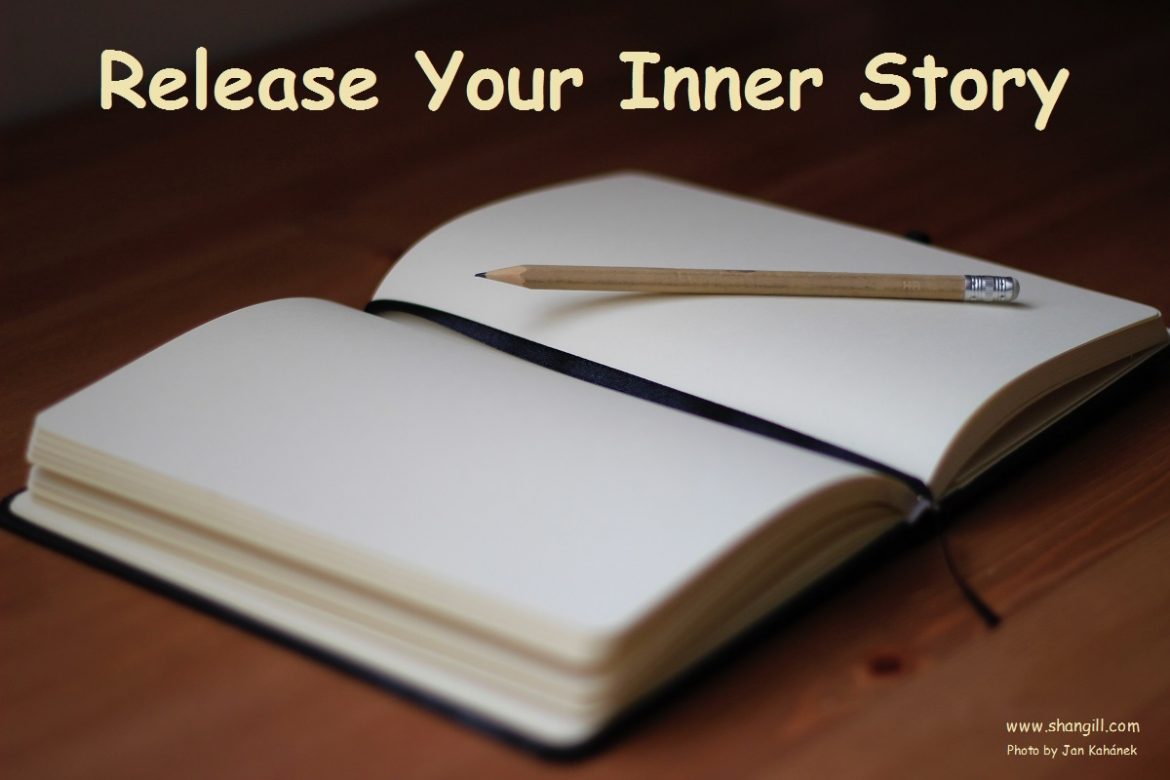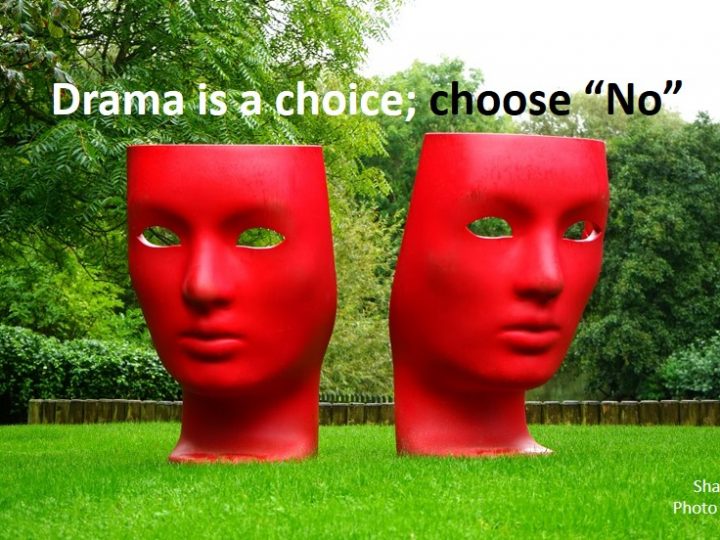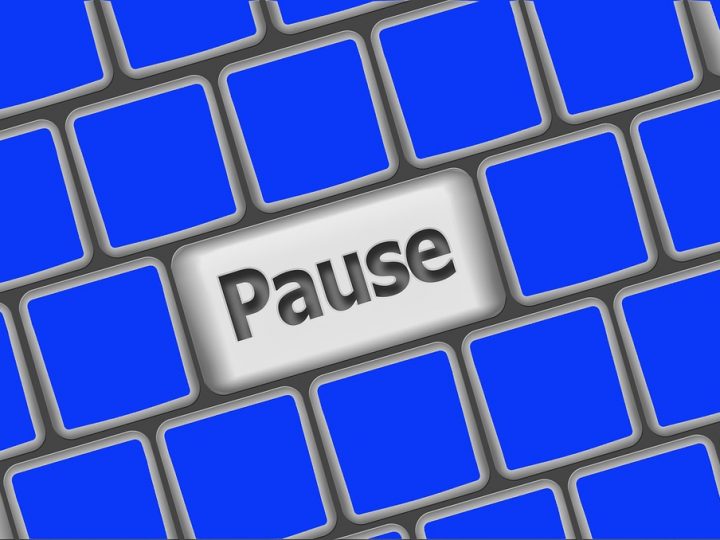
Release Your Inner Story; Step One in Writing Your Book
As many of you know, my Cosmic Kitty journey has been, well, cosmic. I did not realize I was meant to be an author until 2015, and even then it took me until 2016 to start typing. However, once I get going on something, I usually become a research hound. So I have spent the last year attending lectures, webinars and listening to experts on writing. I have even developed a few thoughts of my own as well.
Recently, I have gotten a lot of questions on how to get started with writing a book. So, today, I would like to share the first steps. It’s not about how to get published, that comes later. It’s not about marketing, social media, and author platform. That too is a future step. This is about getting going.
Step One in writing a book is all about the Why.
If your main purpose in writing a book is to sell millions of copies and quit your full-time job, that is a very different motivation from needing to share a personal message regardless of who reads it. So we will start there.
1. Determine your Personal Why – why do you want to write a book? What’s your motivation? What are your goals for the book? When I wrote Cosmic Kitty, I struggled with this. I knew I was SUPPOSED to write the book, but I didn’t know why. Now I am much more clear on CK’s purpose and my purpose around her stories. We can have several goals around a published work, but figuring those out up front will help you with a lot of decisions in the process, including the financial ones.
2. Segment your Audience – Who do you want to read this book? Is this for kids in certain age groups? Is it gender specific? Is it for adults in a certain niche or mostly family and friends? Who do you want this book to resonate with? Before publishing Cosmic Kitty, I gave the manuscript to beta-readers for feedback, mostly kids between the ages of 8-20 and a few adults. I found that the first chapter needed to be re-written and though the storyline had a broader audience application, the art appealed to a younger crowd, probably because I created it when I was seven years old. I published anyway, though in my next books I will make them more consistent for a specific age versus general appeal, so the audience is much more clear. This is a great lesson to learn on the front end if you can.
3. Identify your Audience’s Why – Why should the audience read this book? Are you trying to impart a lesson or is this just for pure entertainment? What will make them choose your book over other options on the shelf? Your book does not have to be unique to be successful (how many cookbooks, fiction and children’s books are on your shelves?), but clarity on what you want the reader to get from the book is very important. For me, Cosmic Kitty hit two levels. It’s a fun, fictional story for entertainment, but she also teaches a lot of concepts around self-love and respect and introduces basic concepts like meditation, vibration, and Divine support. What’s your “audience why”?
4. Research – If you are trying to sell a million copies, the best front-end advice is research! Once you know your audience and book type, go to Amazon and see what is selling in the area where you want to be #1. Is it zombies in the horror section or Keto in the cookbook area? The “diary” style writing is doing great in kid’s chapter books, for example. Once you understand what else is doing well in your market, you can start to think more about your plans. If you are just writing because you have a story to get out and not worried about competition, you can skip this step. However, looking at the writing styles in the area similar to yours can also be very helpful. If it’s a kids book, what type of vocabulary is used in the age range you are looking at among the top selling books? They provide a great reference point, and you can buy them on Kindle to save money.
5. Set a Timeline – My final piece of advice if you are serious about writing and publishing a book is to set deadlines for yourself and rewards for meeting those deadlines. If you decide to write for one hour per day, for example, reward yourself for meeting this goal after seven days. It can be a small reward, but something to keep the energy going. Motivation is a key component to getting your book out of your brain and onto paper. I also recommend outlines as well to help save time. If you have an outline of Chapters and key points or stories you are using in the Chapters, it reduces the re-write when compared with just sitting down and typing whatever comes to mind. This can vary based on the book of course, but something to consider.
Those are a few of the basics I have learned about getting started on your book. I have some short videos you might like as well on my media page that were used by Author Learning Center, a resource for writers.
Happy Writing!




